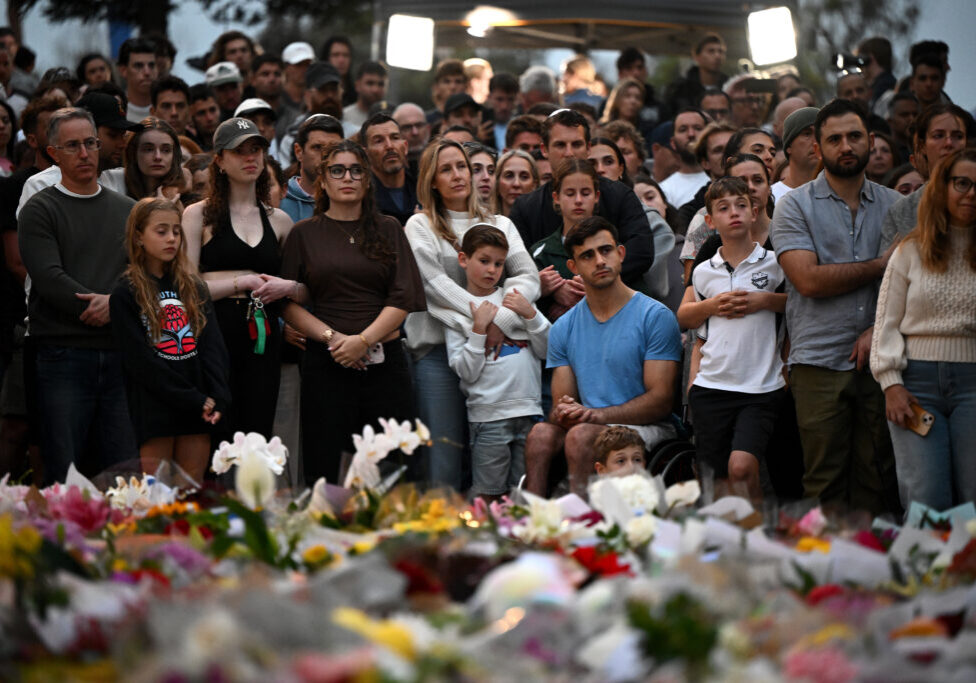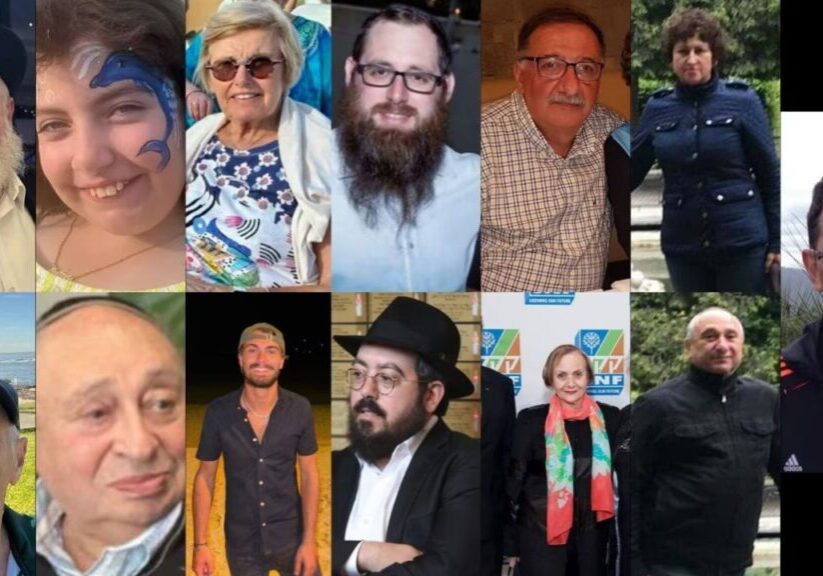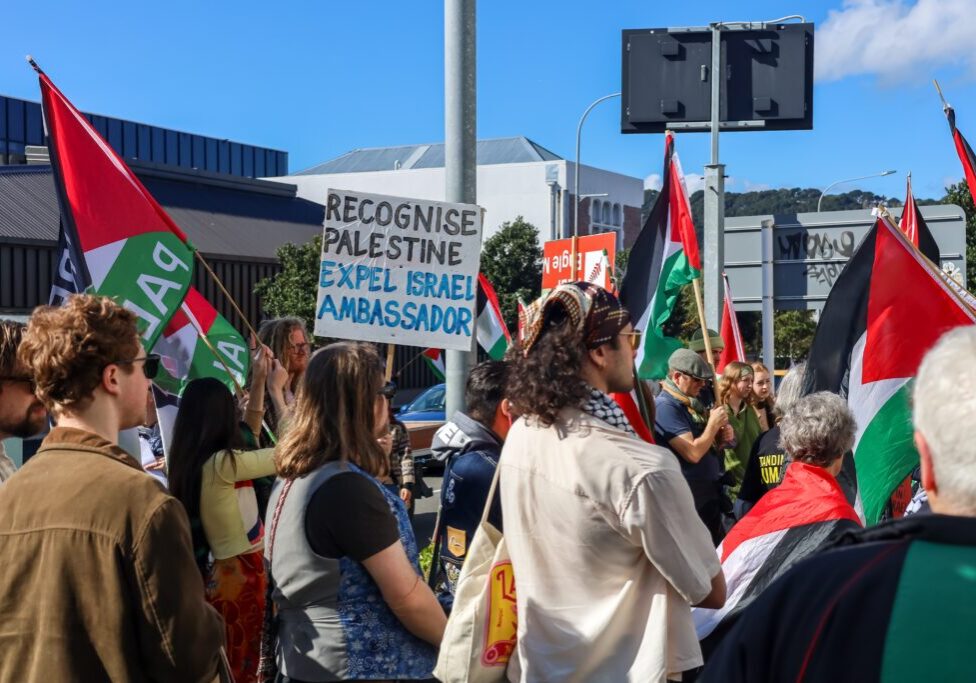Australia/Israel Review
Questions about Islamist Antisemitism
Dec 18, 2009 | Robert S. Wistrich
By Robert S. Wistrich
On Nov. 9, 1938, a massive nation-wide anti-Jewish pogrom took place during peacetime across the entire territory of the Third Reich.
The pretext for this orgy of violence against German Jews was the shooting in Paris two days earlier of German diplomat Ernst vom Rath by Herschel Grynszpan, a 17-year-old Polish Jewish refugee.
The state-organised pogrom, instigated by Adolf Hitler and Joseph Goebbels, resulted in the burning or damaging of more than a thousand synagogues; the ransacking of about 7,500 businesses, the murder of at least 91 Jews, and the deportation of another 30,000 Jewish males to concentration camps in Dachau, Buchenwald, and Sachsenhausen. This murderous onslaught against German Jewry, cynically described by the Nazis as the “Night of Broken Glass” (Kristallnacht), was a major turning point on the road to the Final Solution of the so-called Jewish Question.
It signified that the Nazi regime had crossed a Rubicon and would no longer be deterred by Western public opinion in its “war against the Jews.”
The economic expropriation of German Jewry, its complete social ostracism and public humiliation swiftly followed. Jews were banned from public transport, from frequenting concerts, theatres, cinemas, commercial centres, beaches, or using public benches.
Only a fortnight after “Crystal Night,” the SS journal, Das Schwarze Korps, chillingly prophesied the final end of German Jewry through “fire and sword” and its imminent complete annihilation.
Today, shocking to relate, the spectre of such apocalyptic antisemitism has returned to haunt Europe and other continents, while often assuming radically new forms.
In the Middle East, it has taken on a particularly dangerous, toxic and potentially genocidal aura of hatred, closely linked to the “mission” of holy war or jihad against the West and the Jews.
Islamist antisemitism is thoroughly soaked in many of the most inflammatory themes that initially made possible the atrocities of Crystal Night and its horrific aftermath during the Holocaust.
For example, the pervasive use of the Protocols of the Elders of Zion with its perennial theme of the “Jewish conspiracy for world domination;” or the medieval blood-libel imported to the Muslim world from Christian Europe; or the vile stereotypical image of the Jews as a treacherous, rapacious, and bloodthirsty people engaged in ceaseless plotting to undermine the world of Islam.
To these grotesque inventions one must add such more up-to-date libels like Holocaust denial which has become a state-sponsored project in Mahmoud Ahmadinejad’s Iran and is increasingly pervasive in the Arab world.
Equally fashionable (and increasingly popular in Europe) is the slanderous identification of Israel with Nazism or the “ethnic cleansing” of the Palestinians. This modernised version of inverted antisemitism, which sails under the mask of “anti-Zionism” and anti-Americanism, is today a global phenomenon, but it has special resonance in the Middle East as a result of the unresolved “Palestinian question”.
The scale and extremism of the literature and commentary available in Arab or Muslim newspapers, journals, magazines, caricatures, on Islamist websites, on the Middle Eastern radio and TV news, in documentaries, films, and educational materials, is comparable only to that of Nazi Germany at its worst.
Yet the Western world largely turns a blind eye to the likely genocidal consequences of such a culture of hatred, much as it did 70 years ago. My own extensive research into this phenomenon has, unfortunately, convinced me that the Holocaust did not truly succeed in neutralising the scourge of antisemitism.
In a sinister and sometimes devious manner, the widespread defamation and demonisation of Israel has in effect revived fantasies of completing the murderous work of the Third Reich. This is especially palpable in the case of Iran. Hence, two fundamental moral questions for the future of human civilisation must be raised. Are we at all capable of learning from history, and will the Jewish people once again have to stand alone in the face of concrete threats to annihilate it? On the answer to these questions much may depend.
Prof. Robert S. Wistrich is the director of the Vidal Sassoon International Centre for the Study of Antisemitism at the Hebrew University of Jerusalem and the author of the forthcoming A Lethal Obsession: Anti-Semitism from Antiquity to the Global Jihad (Random House, January 2010).
Tags: Antisemitism






